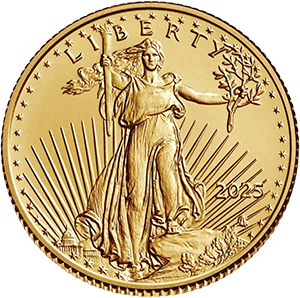
The California Gold Rush was much more than an economic phenomenon—it was a cultural revolution. In just a few short years, California transformed from a sleepy region under Mexican control to a bustling frontier of dreamers, pioneers, and prospectors. But the rapid changes also brought social upheaval, and not everyone found riches or glory.
The Rise of Boomtowns: Prosperity and Lawlessness
As miners flooded California, they set up shop in makeshift towns that sprang up almost overnight. San Francisco, for example, grew from a small port city to a thriving metropolis. These boomtowns were chaotic, and often lawless, places where gold fever fueled both opportunity and conflict. People traded gold, goods, and stories, but many also found themselves in dire straits as they lost hope or their claims dried up.
The Impact on Native Americans: Displacement and Violence
The Gold Rush had a devastating impact on California's Native American population. With the influx of settlers, their lands were rapidly taken over, and they were forced to endure violence, disease, and exploitation. Many tribes were decimated as a result, and their way of life was forever altered.
The Role of Women: Grit and Survival
While the Gold Rush era is often depicted as a time of male dominance, women played a vital role in the social fabric of Gold Rush society. Some women opened boarding houses, while others provided services in the growing urban centers. Women, like the famous pioneer, Ann Eliza Young, helped shape the emerging communities, proving their resilience in a harsh, male-dominated world.
The End of the Gold Rush: The Fading Dream
As the years went on, the initial excitement of the Gold Rush began to fade. Gold became harder to find, and many miners returned home disillusioned. The end of the rush didn’t just mark the closing of an era for miners—it also spelled the end of the romantic notion that gold was the answer to all of America’s problems.

